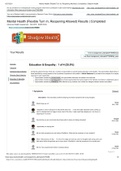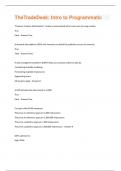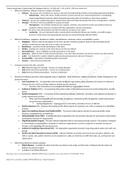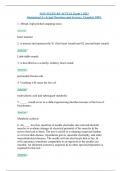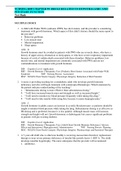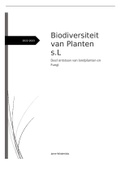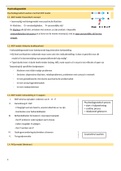College aantekeningen
Summary of lecture slides for course "MAW-INT: Qualitative Research Methods" 2023/24
This summary is based on lecture slides for this course for 2023/24 presented by Melissa De Smet and Tamarinde Haven and it covers ALL slide content of the lectures along with further explanations of concepts gathered from the book and personal remarks for better understanding of complex terms.
[Meer zien]






